Red
Energy quality:
Vitality, fire, heat, driving force, activity, movement.
Mental effect:
Vitality, energy, drive, willpower, assertiveness, excitement (both positive and negative in its extreme form, e.g. love-hate, construction-destruction, acceptance-rejection).
Physical effect:
The color red is generally very stimulating, accelerating and invigorating. Red stimulates all processes in the body, with a particularly strong influence on the autonomic nervous system. Increases heart and pulse rate, hypertensive (increases blood pressure), promotes blood circulation, dilates, blood-forming, diuretic (urine-producing), stimulates breathing, decongests, drives. Pain tolerance and inflammation are increased. Although the color red has the longest wavelength (650-780 nm) and therefore the least energy, red has the strongest stimulating effect. Red colored glasses should therefore only be worn for a short time.
Chakra assignment:
Root chakra


Orange
Energy quality:
Orange is a warm colour and comes closest to natural light. It is a mixture of red = energy and willpower and yellow = vitality and cheerfulness.
Psychological effect:
Orange is a color of cheerfulness, vitality and joy. Orange is preferably used for weakened creativity, sensitivity to weather, depression and anxiety. Orange vibrations are essential for health and vitality. Orange dampens the intensity of the color red and slows down the deep activity of the color yellow. According to Peter Mandel, it is the color of joy.
Physical effects:
Orange promotes lung, stomach and thyroid function. Very good for use in sports (cycling, running and in the gym). The result: build bone and muscle mass, feel good all round and perform at your best. Orange is suitable for physically demanding tasks, but also for mental overload. Orange should not be used for inflammatory processes, as these could be exacerbated in individual cases.
Chakra assignment:
Sacral chakra
Yellow
Energy quality:
Yellow is one of the warm colors and stands for lightness and liveliness.
Mental effect:
Yellow has a cheerful effect, making you feel light and buoyant. Weightless, cheerful, uplifting, stimulating, cosy; not as dominant as red, more moderate warmth, has a balancing character, with a powerful depth effect (Goethe: ‘Yellow drills into the organ’).
Physical effect:
The colour yellow dilates the pupil, thus promoting concentration and comprehension. Yellow is biologically one of the most important colours, as its vibrational energy is stored in fat and is therefore effective over a longer period of time. Yellow acts on the endoderm, stimulates the motor nervous system and the lymphatic system, aids digestion, kills worms, stimulates glandular function, promotes secretion, activates the mucous membranes, strengthens the nerves and has a properistaltic effect, influencing the liver parenchyma in particular.
Chakra assignment:
Solar plexus
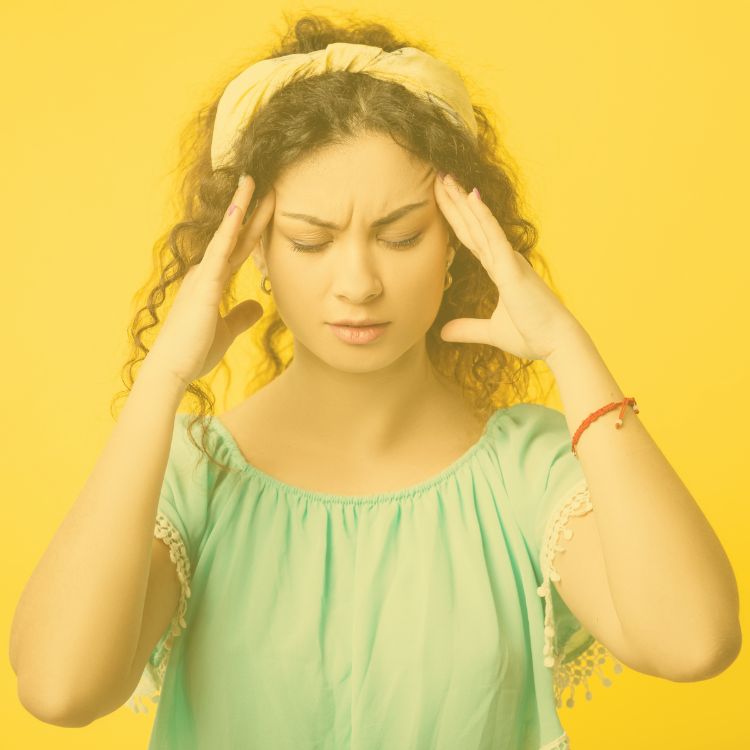
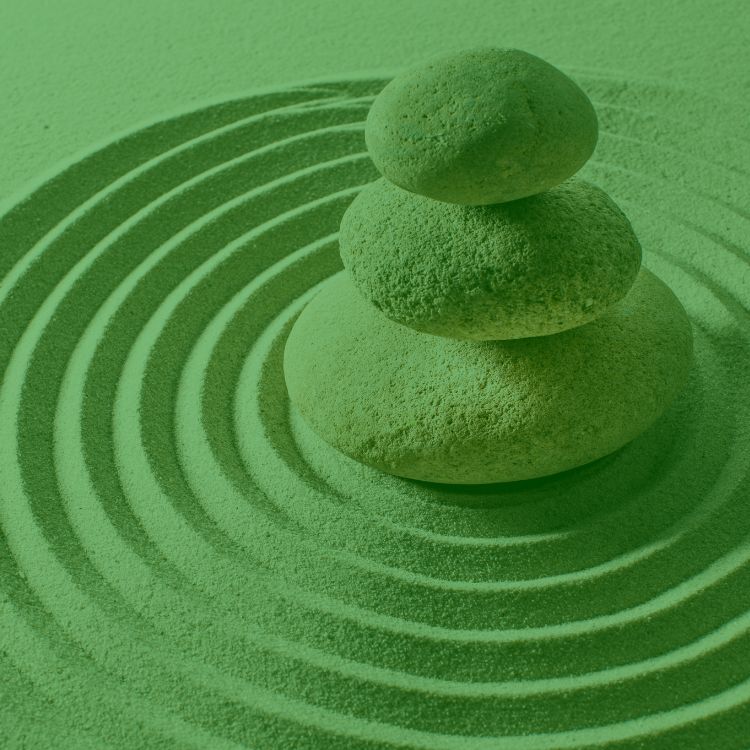
Green
Energy quality:
Green is created from warm yellow and cool blue and symbolises balance and harmony. It is the color of the heart chakra.
Mental effect:
Green is the healing color par excellence. It calms in a neutral, positive sense, sedates and relaxes. Green stands for calm, rest and regeneration. Green disinfects, promotes oxygen uptake and influences the autonomic nervous system. It is well suited for starting or ending a therapy.
Physical effect:
Green creates balance between the left and right hemispheres of the brain, stimulates the pituitary gland, muscle and tissue formation, has a cleansing and decay-inhibiting effect, is balancing, soothing and mediating. When shifted to the blue side (turquoise), it has a sedative (calming) effect, and when there is a higher proportion of yellow (yellow-green), it has a tonic (strengthening) effect. It has a generally beneficial effect on the metabolism.
Chakra assignment:
Heart chakra
Blue
Energy quality:
Blue belongs to the cool side of the color wheel and has a calming and astringent (contracting) effect.
Psychological effect:
Blue is the color of the sky and the sea, and thus also the color of tranquillity and infinity. Blue is considered the coolest, purest and deepest colour. It has a relaxing, antispasmodic effect and calms the breathing. Promotes sleep.
Physical effect:
Blue is an effective means of reducing pain (colic, nerve pain, headaches). Beneficial for headaches and migraines. Also a helpful color for the eyes, with decongestant, pain-relieving and cooling effects. Helps against itching and irritation of abraded skin surfaces. Blue relaxes the muscles, calms the organs and reduces fever. Ideal for switching off after work and relaxing the body.
Chakra assignment:
Throat chakra
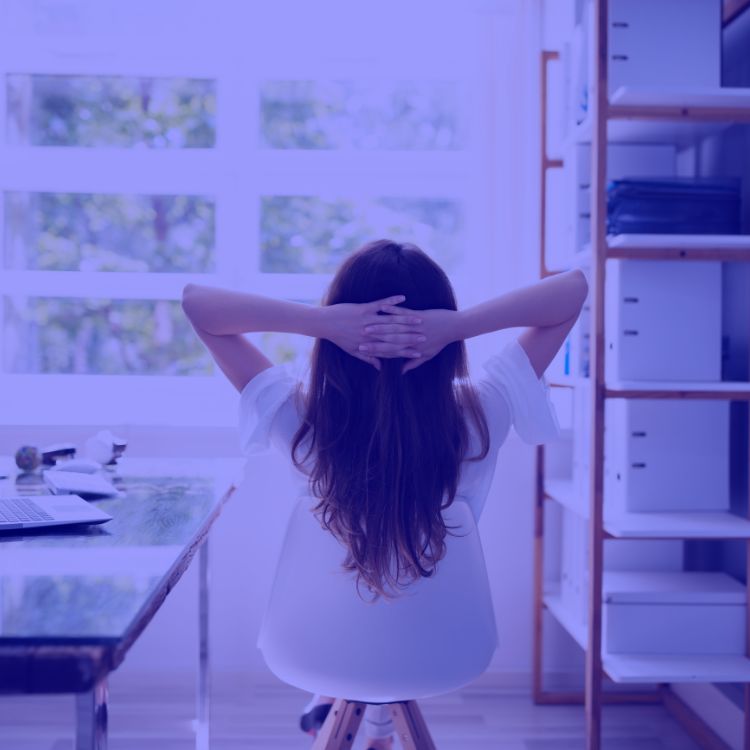
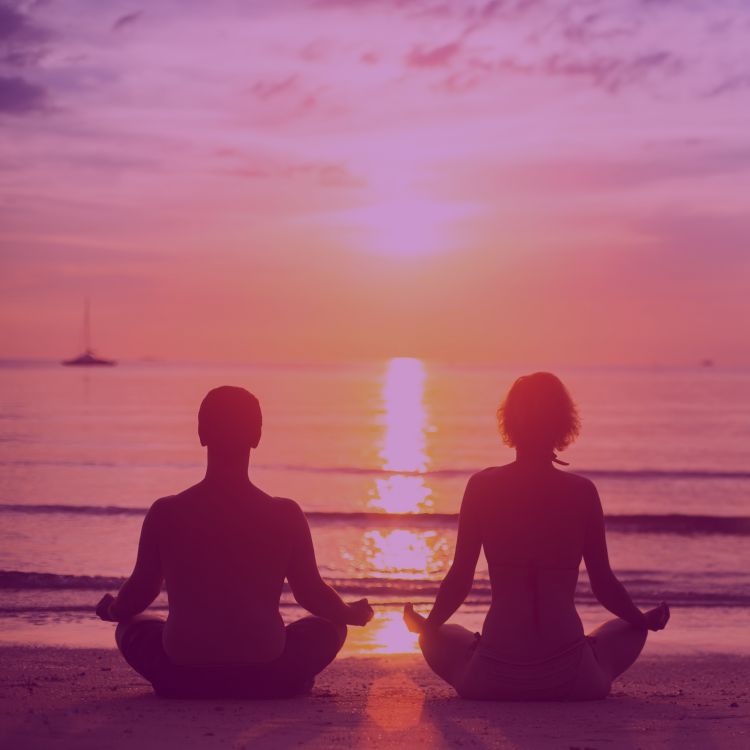
Violet
Energy quality:
A mixture of two opposing poles, the cool blue color and the warm red colour.
Psychological effect:
Violet is the color of the spirit and has a corresponding effect on the subconscious, giving mental strength and insight. It is the color of inspiration, representing sublimity, optimism, tolerance and sensuality, and represents the crown of the colour spectrum. These highest violet vibrations with the shortest wavelength (380 nm–410 nm) have a balancing effect. Intuition and spirituality are enhanced. Violet is also the color of humility and spiritual dignitaries; it distracts from the ‘banality’ of everyday life. It promotes the need for inner reflection and even meditation.
Physical effect:
In terms of organs, the spleen and lymphatic system experience a particular invigoration. The inward spiritual focus is accompanied by relief for the entire organism.
Chakra assignment:
Forehead chakra
Indigo
Energy quality:
The darker blue intensifies the indication of the color blue.
Mental effect:
Indigo is the expression of spiritual sublimity (which is why it is also called the ‘philosopher's glasses’), wisdom and perfection. Indigo supports the opening of the ‘third eye’ and promotes access to higher dimensions. The color indigo is a valuable aid on the spiritual path to cosmic knowledge and truth.
Physical effect:
On a physical level, indigo cools and calms cells even faster than blue. Indigo is preferred for use in cases of endocrine disorders.
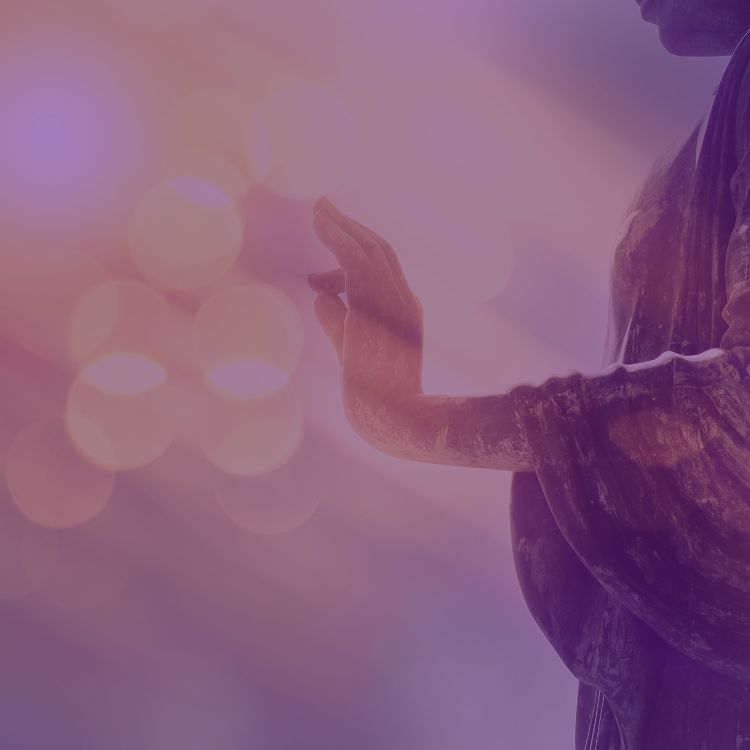
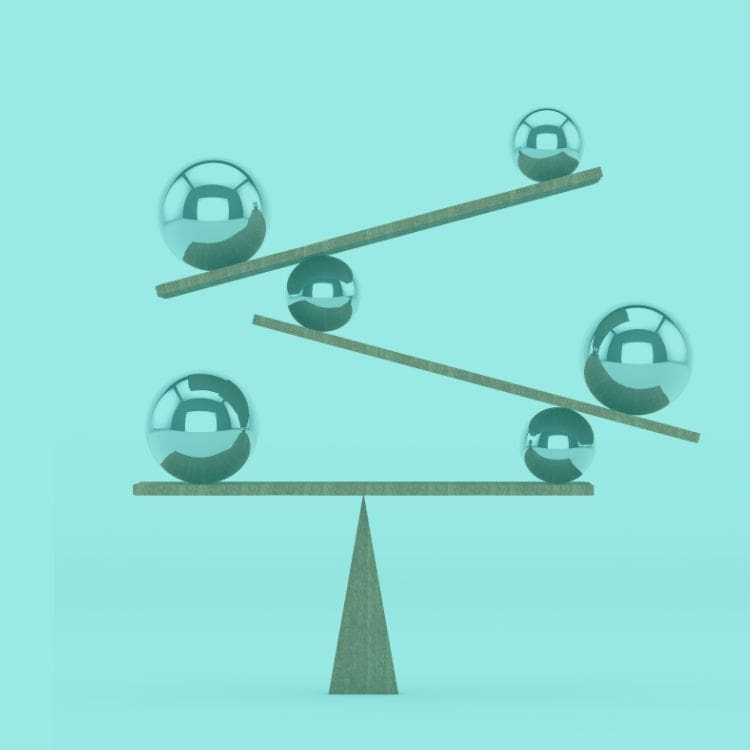
Turquoise
Energy quality:
Turquoise consists of cool blue and calming green; it is neutral, very balancing and calming, and its blue component brings about mental and spiritual breakthroughs.
Mental effect:
Similar to green, but with a higher proportion of blue, turquoise is even more calming and introspective; it gathers inner strength and has powerful regenerative and healing properties. Turquoise promotes the pursuit of harmony and a sense of beauty, supports self-confidence and stimulates creativity, understanding and spontaneity.
Physical effect:
Turquoise has a positive effect on all metabolic processes, can help the body to cleanse itself of toxic accumulations and has a neutralising effect on electrosmog. Because of this neutralising effect, turquoise is often used to treat allergies (especially hay fever). It dampens overactive brain activity, strengthens the skin and promotes the regeneration of burnt and scarred skin.
Magenta
Energy quality:
Magenta is a mixture of two opposing poles, the cool blue color and the warm red color. On the one hand, contrasting energies create tension, but on the other hand, there is also a union of two opposites and thus a connecting function.
Mental effect:
Magenta weakens cold, dampens fire and represents sensitivity, transformation and spiritual development.
Physical effect:
Magenta is opposite green, can have a strong effect on the heart meridian, coordinate physical rhythms and bring about a balancing aspect. Magenta promotes spleen function, readiness for sleep, has a dampening, relaxing and hypnotic effect.
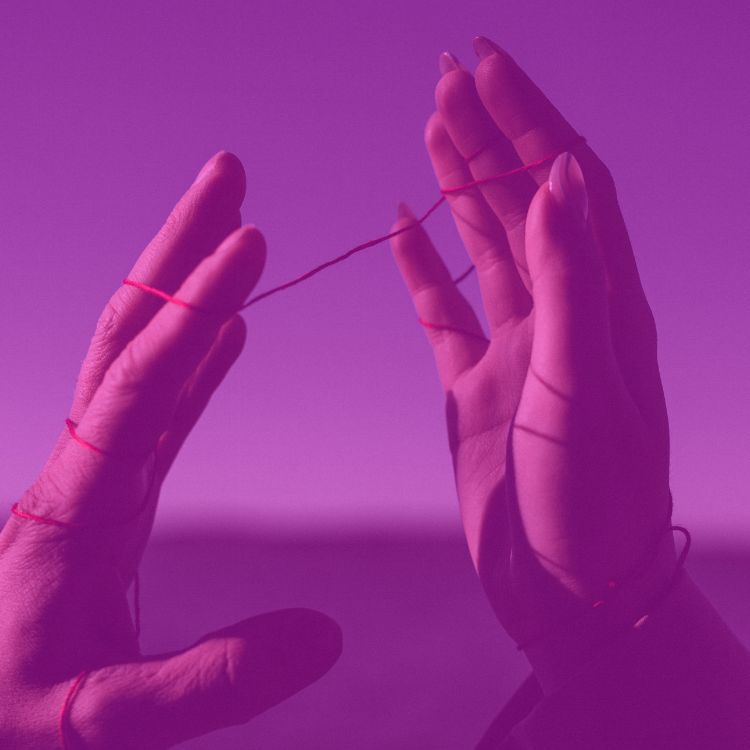
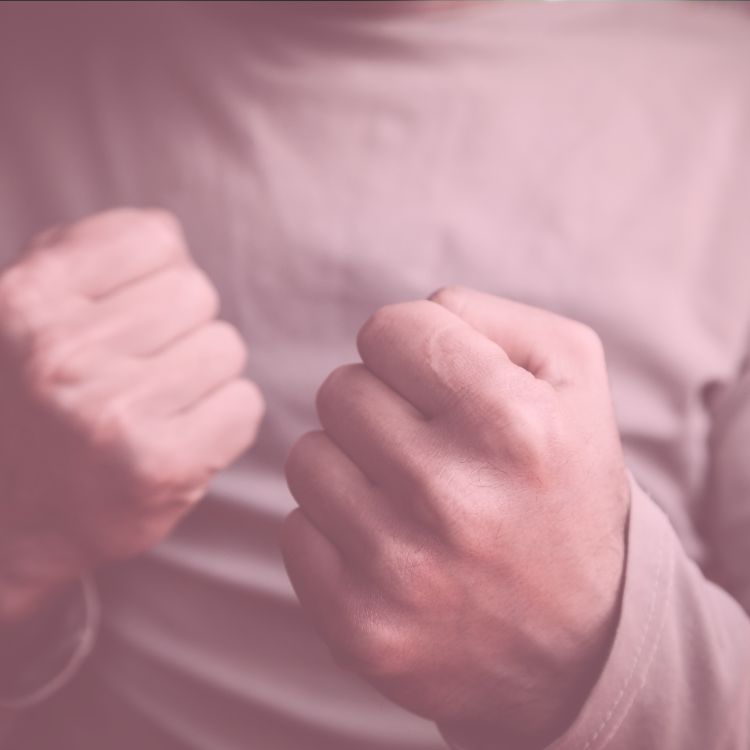
Baker-Miller Pink: Anti-aggression and weight loss
Energy quality:
The nuanced, scientifically researched mixed color Baker-Miller Pink is composed of less red and more white, resulting in a distinctive, vibrant pink. The name ‘Baker-Miller Pink’ comes from two officials at the Washington State Department of Corrections – Miller and Baker. They actively supported the successful studies with the colour ‘vibrant pink’ in a correctional facility.
Emotional effect:
Declining self-esteem and emotional disharmony are balanced. Self-love is promoted.
Physical effect:
Extensive empirical studies confirm that the colour Baker-Miller Pink has an aggression-inhibiting and appetite-reducing effect. Numerous experiments prove the influence of colour on stress-related blood pressure, pulse, heart rate and cardiovascular activity.
Light green
Energy quality:
The high subtle vibration of the colour light green lies between less yellow and more green. The ‘green’ properties vibrate more gently in light green.
Mental effect:
Light green symbolises the balancing and restorative ‘lightness’ of everyday life. Light green harmonises external influences internally, providing inner security and tranquillity. The colour light green unites the diverse mental states of a person and can unleash extraordinary, creative actions.
Physical effect:
Vitalising and restorative influence on physical activities. Also suitable for testing for poisoning, e.g. amalgam fillings, liver and gallbladder diseases.
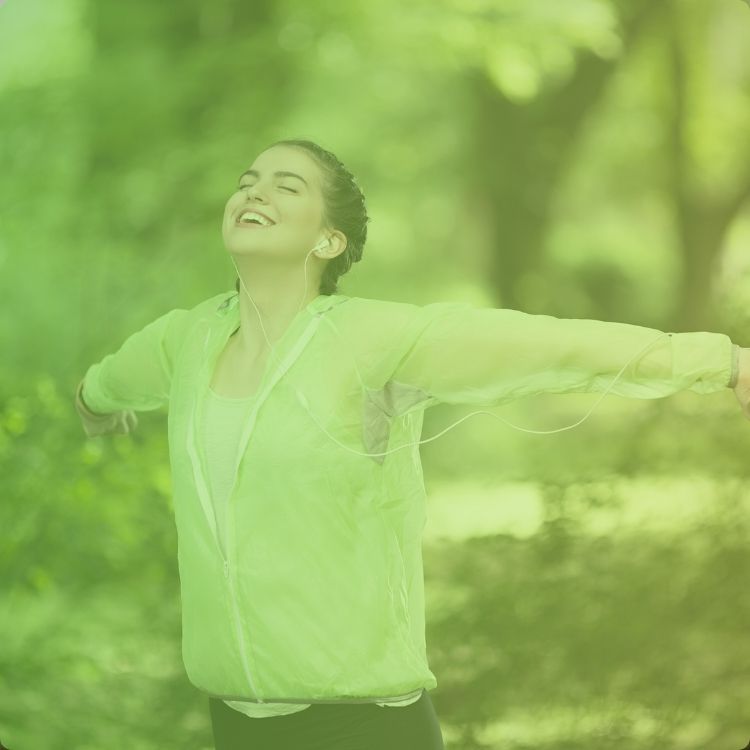

Pink
Energy quality:
The mixed color pink consists of a lot of white and less red, the so-called diluted red. The combination of red and white in pink contains the drive of hot red and the potential for insight of white. It is the passion and power of red, tempered by the purity, openness and completeness of white.
Emotional effect:
Pink is feminine and romantic, loving and intimate, thoughtful and caring. Pink shows tenderness and friendliness, is intuitive and empathetic. In colour psychology, pink is the colour of hope, inspiring uplifting feelings.
Physical effect:
Pink produces happiness hormones and feelings of happiness. It is no coincidence that there is a saying, ‘seeing everything through rose-tinted glasses’. Pink calms and soothes our emotional energies and alleviates feelings of anger, aggression and neglect. Tense nerves are calmed and focus is improved.


